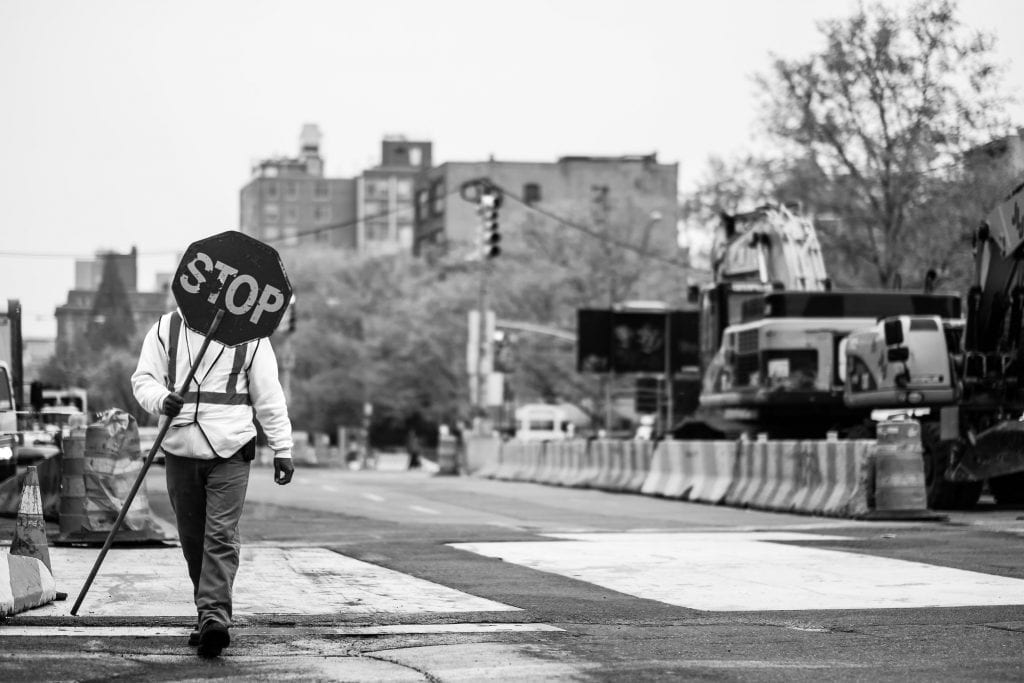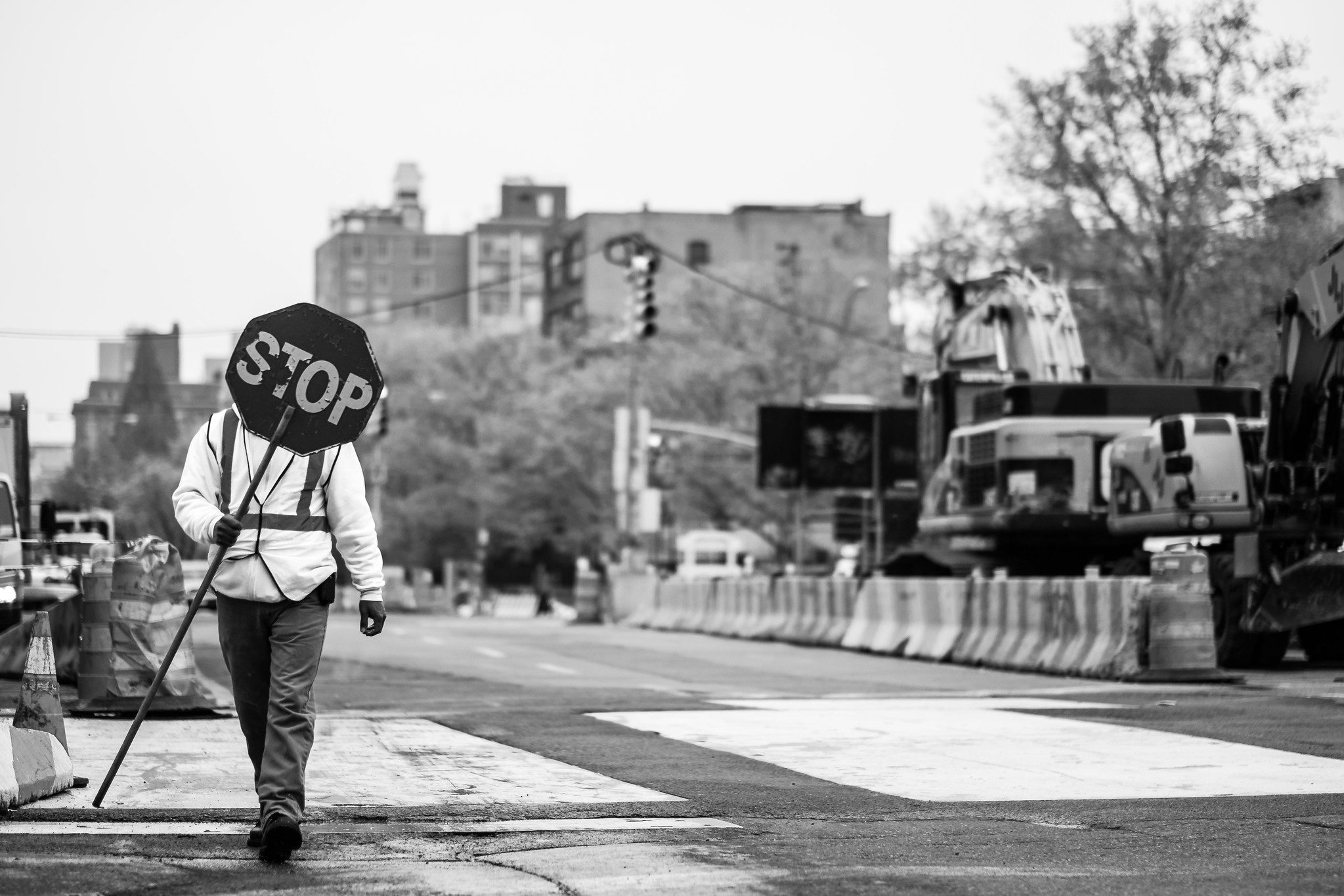
Photo by flickr user Luca Sartoni, CC BY-SA 2.0
Nonprofit housing organizations in the states hardest hit by the pandemic could soon face the same dilemma as New York-based nonprofits—a surge in need from clients seeking counseling, representation, and more while funding from state contracts dries up.
“We’ve been treading water, but if the federal government doesn’t come to the rescue we’re going to be in trouble,” says Kirsten Keefe of the NYS Empire Justice Center, which provides legal and counseling services, including expertise on matters related to housing, such as foreclosure prevention and community investment.
Keefe says 75 percent of her organization’s funding comes from contracts with New York state, but since March the state has been delaying payments to nonprofits and localities statewide. Only recently, the state has begun keeping back 20 percent of those payments, with the caveat that those withholdings could become permanent if the federal government doesn’t deliver a significant bailout.
“Halfway through the year we’ve been able to maintain services. We’ve enacted a hiring freeze and lost staff through attrition, and we’re still standing,” says Keefe.
Other nonprofits have not been so lucky. Some have laid off staff members and others are struggling to keep the doors open.
They face these financial hardships as they work to serve a growing population of clients who are also in increasingly dire financial straits. While the state has repeatedly renewed an eviction moratorium, more New Yorkers than ever are in need of advice on housing issues like avoiding eviction and getting help paying the rent
According to the NYS Community Development Finance Institution Coalition, a group that represents financial institutions that loan to low-income individuals, 75 percent of institutions that responded to a September 2020 survey had a contract with the state for which they had not yet received an anticipated payment. Outstanding amounts range from $70,000 to $450,000, with an average of more than $200,000 per institution.
Linda MacFarlane, chair of the statewide nonprofit NYS CDFI Coalition, says the pandemic has “wreaked havoc with all of our bottom lines. Support from New York [state] is a big part of our annual budget, and uncertainty around when and if we’ll receive full or partial payment means we can’t pay training staff, put on workshops, or provide one-on-one technical assistance with Paycheck Protection Program applications and other desperately needed aid. We understand that New York state is also waiting for word on financial assistance from Washington, but we have to know where we stand so we can help small businesses and disadvantaged communities make plans for recovery.”
Individual housing-focused nonprofits report two main surges in clients since the start of the pandemic—in March and at the end of August, as the initial federal stimulus package ran out.
“At the peak of the pandemic, at the end of March and early April, the center saw an approximately 25 percent increase in calls, and then again at the end of August into early September we saw another spike,” says Cristian Salazar, director of communications at the Center for NYC Neighborhoods. “Our network of housing and legal counselors have been working with homeowners across New York state to access forbearance for their mortgages and understand the changing deadlines for forbearance and eviction moratoriums; coordinating mediation for small landlords and their tenants who are unable to pay rent; preventing scams; and more.”
New York was hit early and hard with COVID-19 infections and deaths. In early March New York’s daily cases began surging ahead of the national average. By March 15, Gov. Andrew Cuomo began closing schools in major hot spots. The next day, he closed schools statewide, limited gatherings, and closed restaurants, theaters, and gyms. On March 23, New York had 5,711 newly diagnosed cases, and the numbers kept growing. By late March hospitals had run out of hospital beds and began treating cases in makeshift staging areas in parking lots and garages.
New York also has one of the earliest fiscal years in the country. So on April 1, the deadline for the state’s budget, Cuomo announced he’d reached a deal with the legislature that projected a $13.3 billion budget shortfall and granted him broad powers over spending and cuts. On April 4, New York had 12,274 new cases of COVID-19.
All summer Cuomo and his Division of the Budget used the power granted to them to hold back payments to nonprofits and localities in order to hold off financial disaster, and in the hope that a federal bailout would arrive. According to the New York State Department of Budget the state currently faces a $14.5 billion deficit due to revenue shortfalls caused by the pandemic.
“The state has used the tools provided by the legislature to manage state finances amid a four-year, $62 billion revenue loss to temporarily hold back $2.5 billion in payments so far across the entire state budget,” says Freeman Klopott, spokesperson for the state’s Division of the Budget. “If the federal government does not act and provide flexible funding, then these temporary payment reductions may become permanent cuts, which will put more New Yorkers out of work; cause devastation to schools, hospitals, police and fire departments; and weaken New York state’s and the nation’s ability to recover as New York is 8 percent of national GDP. The federal government must act now to cover the cost of the damage already done and prevent further harm to New York.”
Blair Horner, executive director of the New York Public Interest Research Group, and other transparency advocates wrote to the Cuomo administration on Sept. 21, asking it to make their holdbacks and withholdings public, as currently only the legislature receives notice. “The state budget granted the governor vast authority of control over spending. It allows him to enact cuts and withholdings, but he has to inform the legislature and they have 10 days to act to propose alternatives or those cuts go through,” explains Horner.
Horner and other advocates have called for the creation of a public site that tracks individual cuts and withholdings. The conservative Empire Center recently posted letters from the New York State Division of the Budget to the Cuomo administration detailing withholdings through August. Those withholdings totaled $500 million in aid to localities, though the administration detailed a plan to withhold $1.7 billion in local aid in its first-quarter fiscal plan.
Horner notes that nonprofits are being squeezed from two sides: states delay payments and withhold a portion of the payments they do make, and the cities that nonprofits contract with can’t pay them because the cities themselves are starving for funds.
Luke Grandis, a statewide organizer for VOCAL-NY, a grassroots membership organization, says his group has tried to gather information on payments to nonprofits across the state. The task has been difficult, as some groups are reluctant to share their frustrations for fear of retaliation from the Cuomo administration. The information VOCAL-NY has gathered paints a confusing picture.
Grandis says that payment schedules are simply unclear. Half of all service providers appear to have been paid through August, he says, some only through March, and others are even further behind. “The timing is not the same universally, even on aid-related contracts,” says Grandis.
“We’ve heard from organizations that have dipped into their credit lines to pay employment cycles. But many groups don’t have access to any credit lines. And those that do are really only going to be able to use it to cover one or two pay cycles. They’re telling us they’ll have to see if they have to use it to give proper notice to employees. I know of some groups where managers have walked up to employees and told them, ‘Sorry, but we simply don’t have the money to pay you. You’re being furloughed,’” says Grandis.
As an example of how bad the situation is, some addiction centers aren’t regularly receiving shipments of testing supplies and hypodermic needles, says Grandis. Clients of those centers are leaving with a small amount of clean supplies or being turned away empty-handed.
He says the situation in shelters across the state is varied; some are short staffed due to funding shortages brought on by payment delays, while others are hiring staff. The one universal constant is that they are all at maximum capacity.
Looking at the funding crisis for nonprofits across the state, Grandis says he’s worried about the human cost. “We’ve yet to see the numbers on the Hep C and HIV cases that stem from this. We don’t know what will happen due to the lack of housing services, the lack of domestic violence intervention services.”
Cuomo has maintained that the solution to New York’s financial trouble is in the hands of the president. “If Washington does not step up to the plate here and get us financial aid, we are going to be in a whole world of hurt for a long time … We need about $50 billion,” Cuomo said in a Sept. 15 interview with Long Island Radio.
But activists like Grandis insist Cuomo can and must raise revenue elsewhere, and that he should do it before more damage is done to vulnerable populations.
Horner points out that while New York has been hammered by the pandemic, the state also went into it with a $16 billion deficit, and as much as a federal bailout will be welcomed, the state must consider other revenue enhancers. Horner advocates for utilizing the state’s stock transfer tax, which was established in 1909. The state collected and used proceeds from the tax until 1981, when it began rebating it.
Horner says the state should simply stop giving back the money. “The stock transfer tax brought a few billion in the first quarter of this year. That’s a lot of money. It pretty much brings you home if you decide to keep it,” says Horner.
The transfer tax brings in from $5 billion to $15 billion a year. Representatives of Cuomo’s Division of the Budget insist that reinstating the tax would push Wall Street to leave New York. Horner acknowledges it could be a tough fight. “Taking on Wall Street in New York is like taking on big oil in Texas,” he says.
Other options, such as a millionaire’s tax, are also in play and have support from legislators and advocacy groups, but Cuomo has repeatedly swatted them down. “OK, raise taxes. If we went to the highest income tax in the country, which is now California, we’d raise a couple of billion dollars,” Cuomo said during a radio interview in September. “Couple of billion dollars? We have a $50 billion hole! What am I going to do with a couple of billion dollars? So Washington has to step up and stop the politics and just get it done.”






Comments